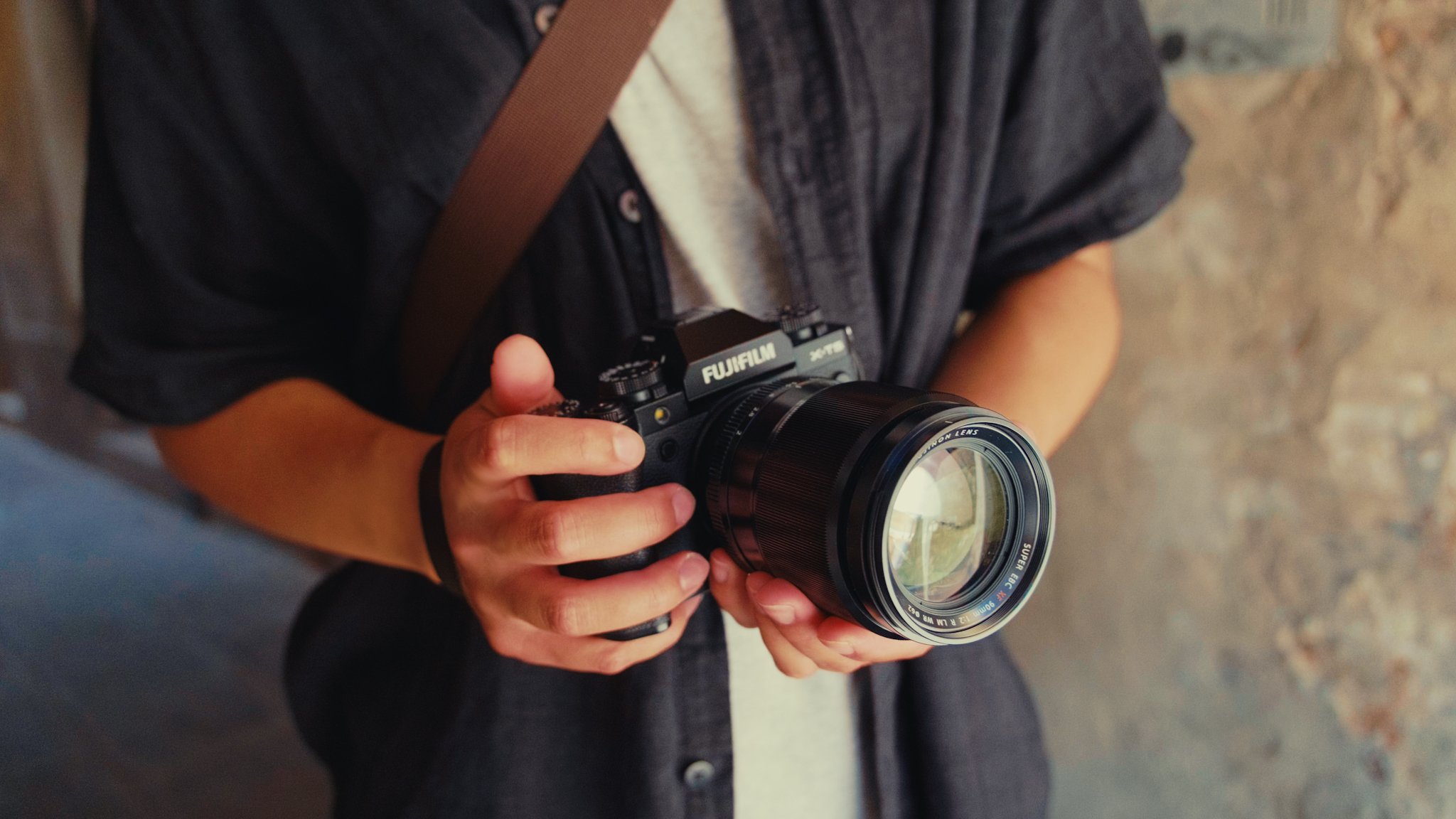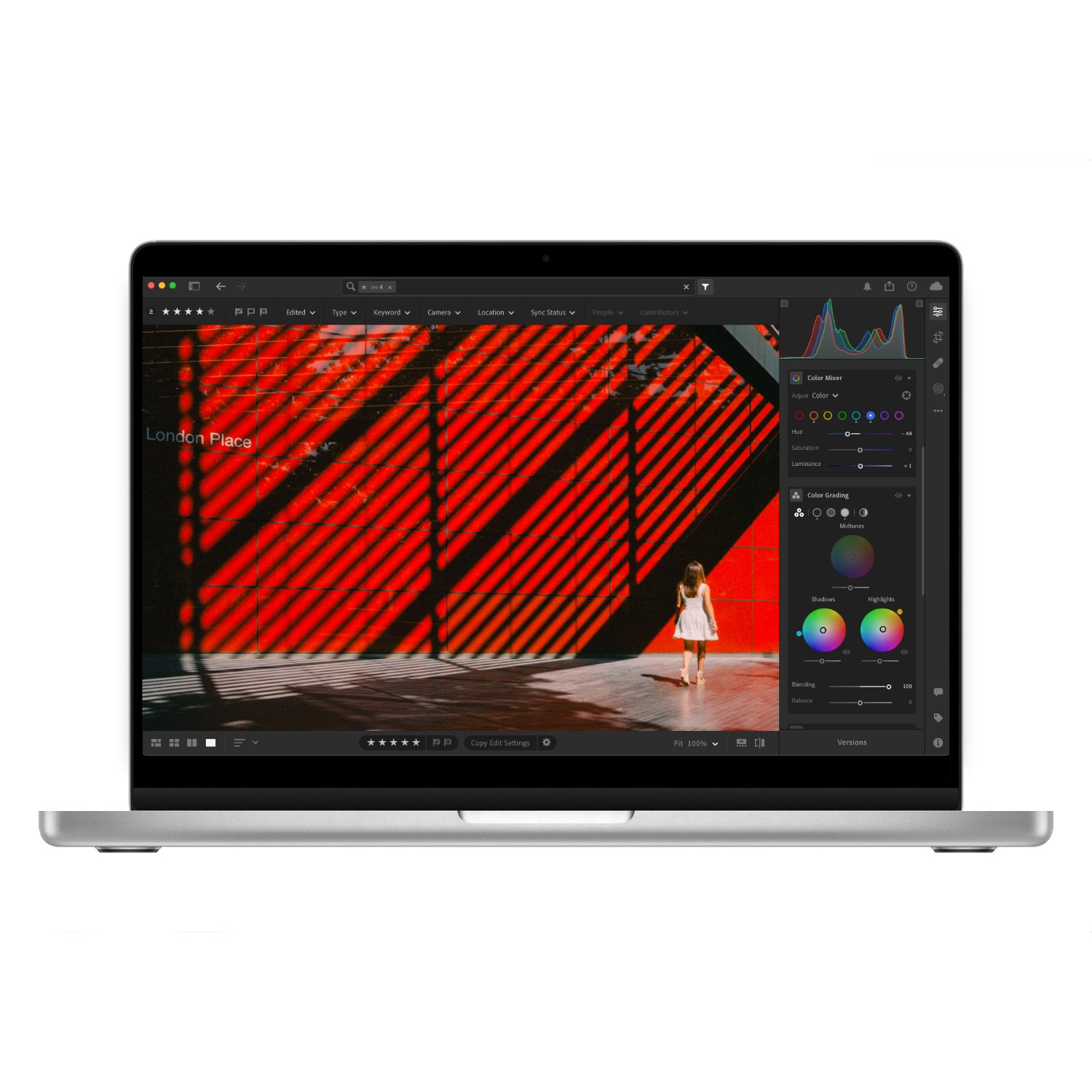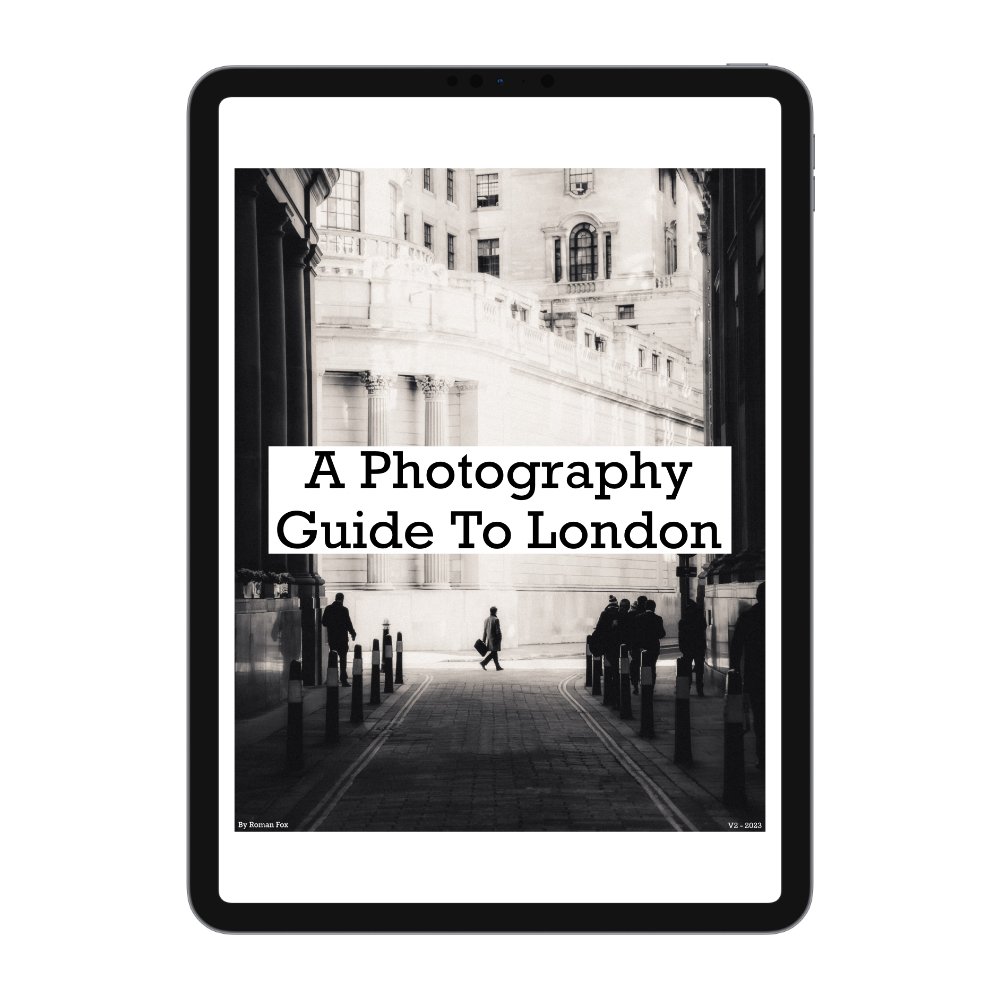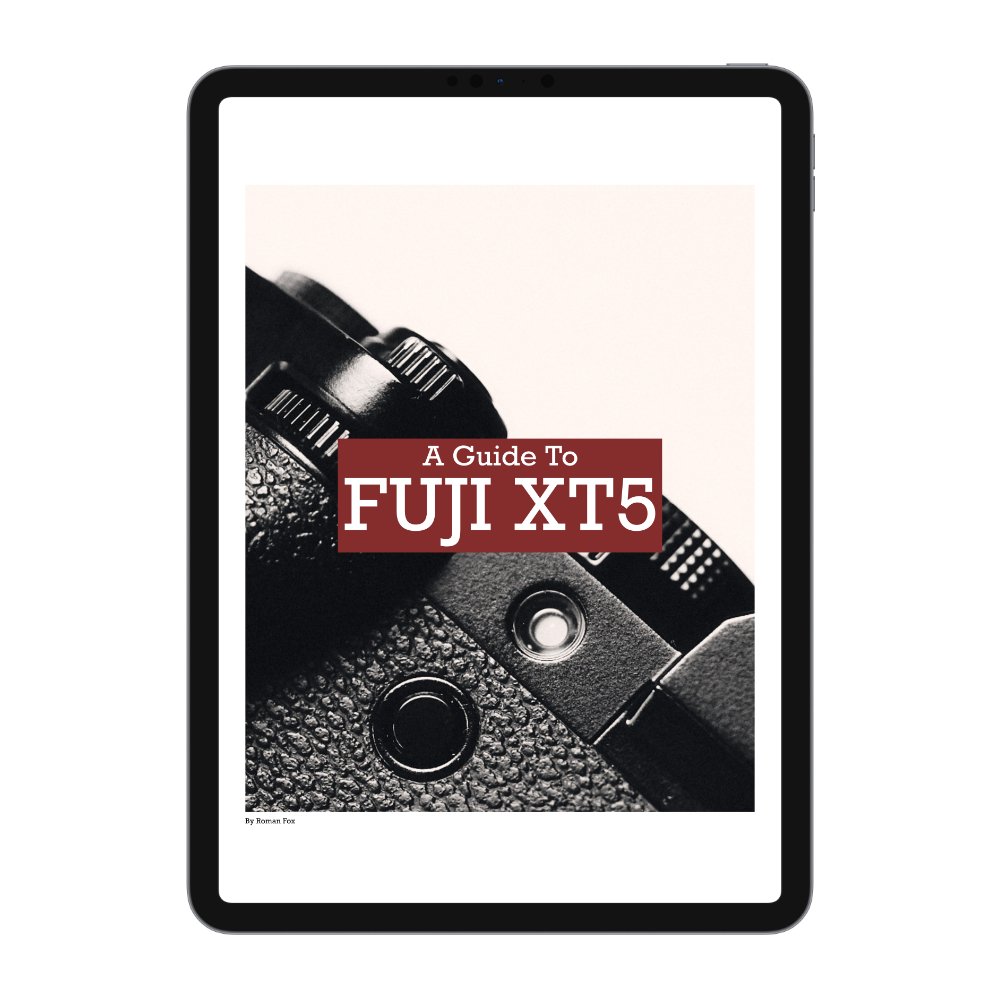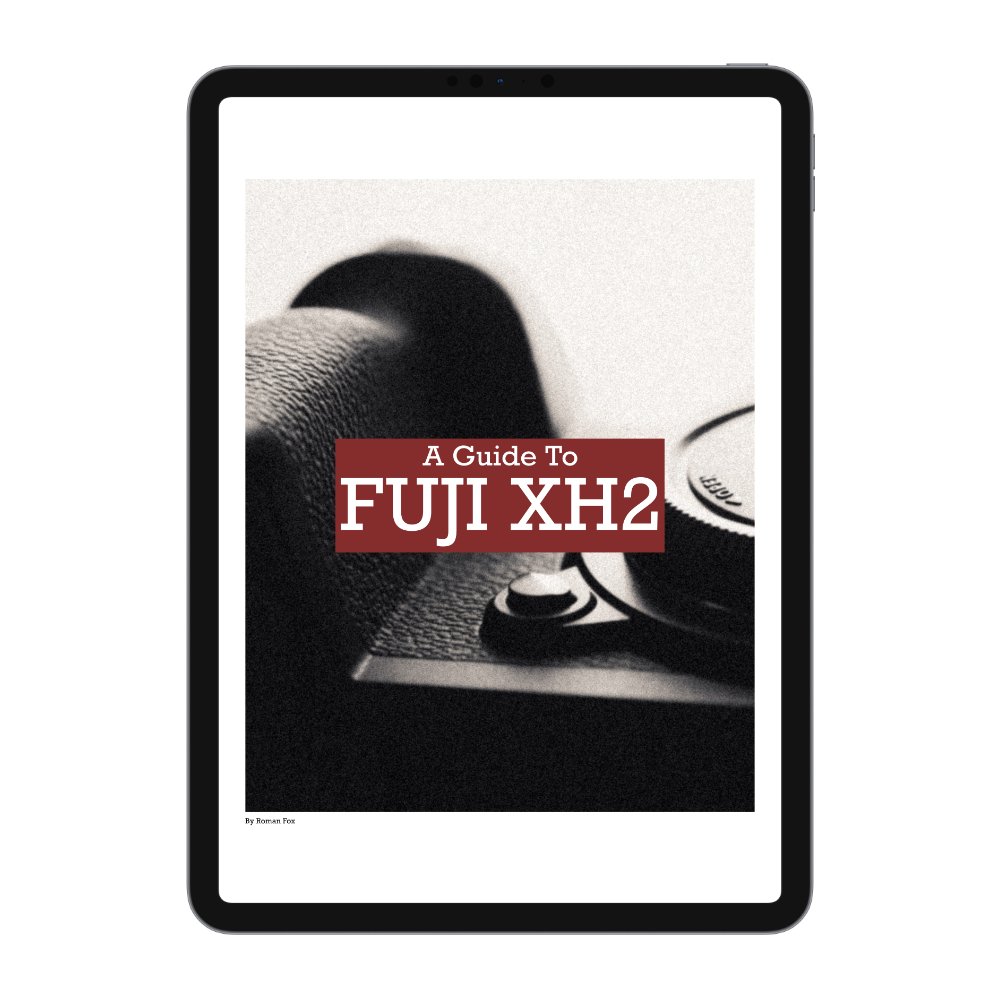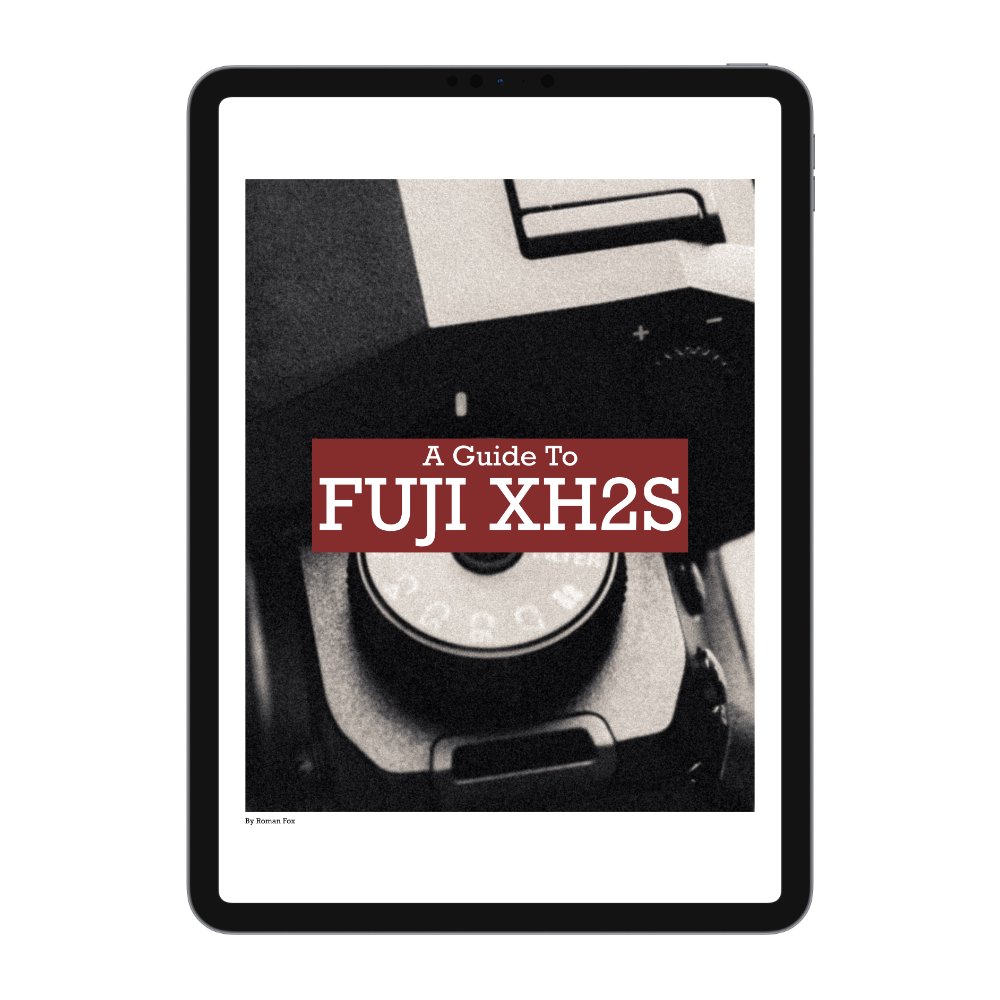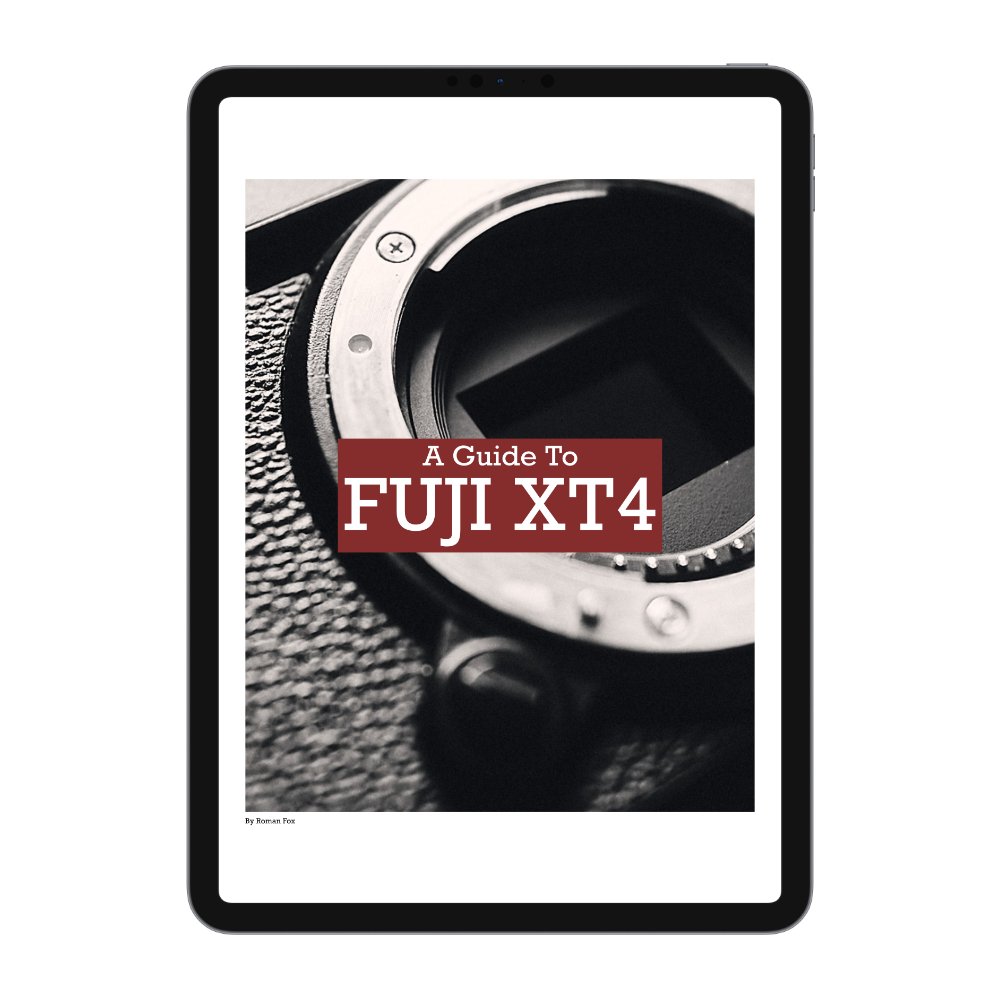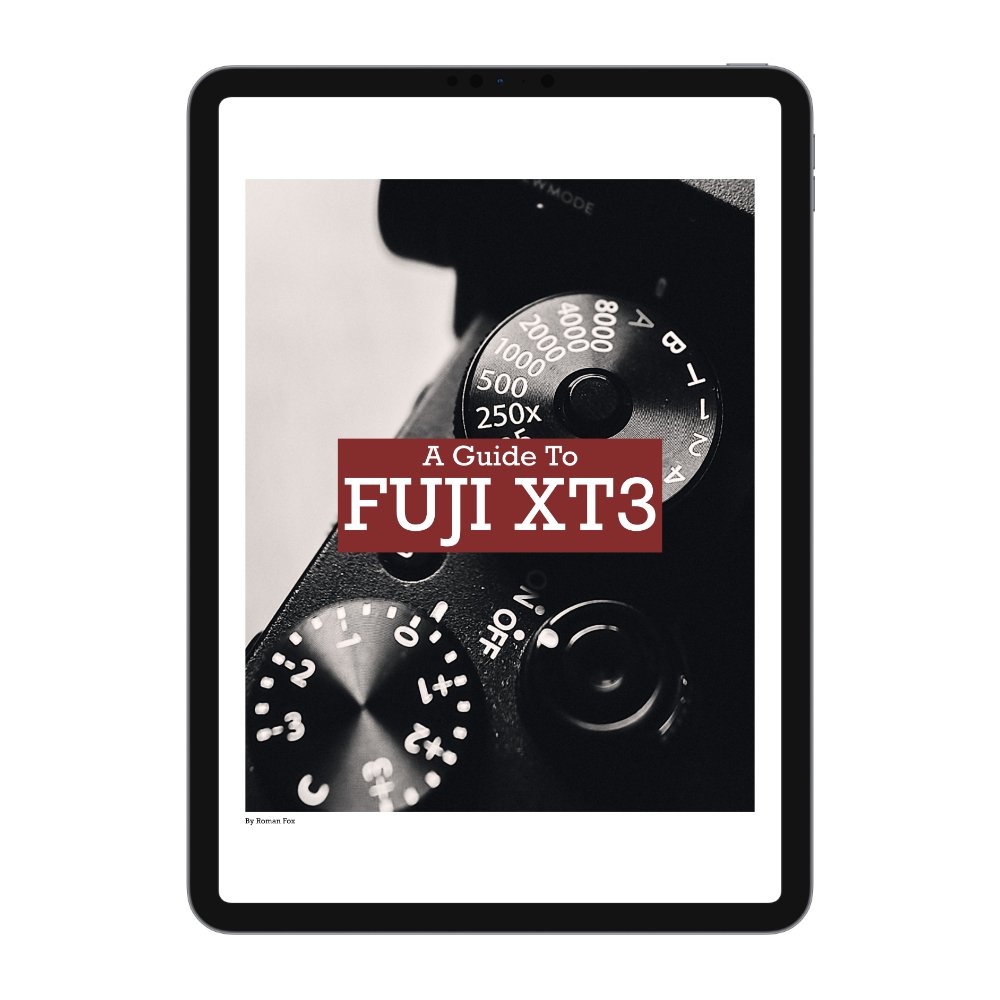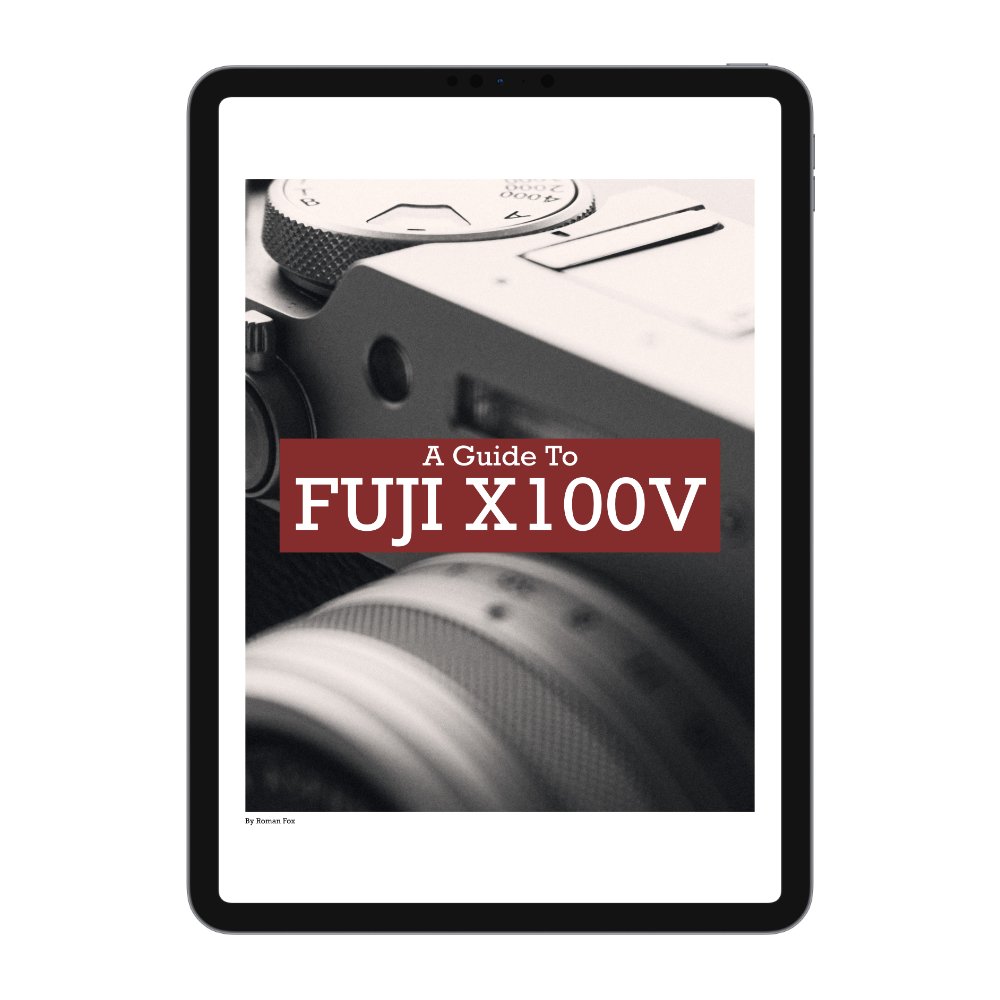What Gear Shall I use?
Deciding what camera gear to bring on a shoot or photo trip can become a bit of a chore, especially if you have an extensive collection of cameras and lenses. In this blog, I’ll share my thought process and explain how I make that decision. I’m aware that photographers have all sorts of gear—some might have just one fixed-lens system, while others have multiple bodies and an array of lenses. Since I can’t cover every scenario, I’ll use my own photography kit as an example, breaking it down into different go-to kits. Please note that, unless specifically stated, all focal lengths are given in full-frame terms.
Kit 1 – Everyday Carry
This is the camera I bring with me everywhere I go, just in case. It’s also the camera I’ll take if I’m heading out for non-photography reasons but want to document my day. For this, I’ll only carry one body and one lens. The lens I choose is usually around a 35mm–40mm focal length, as it feels natural, capturing scenes close to what the eye sees. It’s also not so wide that it requires careful framing, but not so tight that it loses context. A compact camera like a Fuji X100, Leica Q, or Ricoh GR works well here. Alternatively, a small camera body paired with a 40mm pancake lens can achieve the same effect.
Kit 2 – Street Photography
Street photography requires a few more decisions. I still want to travel light, so I limit myself to one or two lenses. If I’m uncertain about my location or subjects, a general zoom, like a 24–70mm, is ideal. Compact options like Fuji’s 18–50mm f/2.8 or Sony’s 24–50mm f/2.8 are great choices; I’d avoid larger zooms, as they can become cumbersome when shooting in the streets.
If you prefer prime lenses, consider where you’ll be shooting. If I’m photographing in wide-open spaces with more distance between me and my subjects, I’ll bring a 35mm and an 85mm prime. If I’m shooting in closer quarters, a 28mm and a 50mm might be more practical. The primary lens will likely be the wider one, while the longer lens is there for capturing tighter details or abstract shots that present themselves.
Kit 3 – Landscape Photography
When photographing in nature or small villages, I tend to stick with three primary focal lengths: wide, medium, and telephoto. Personally, I use a 28mm for wide shots, a 50mm for medium-range scenes, and a 135mm for telephoto shots. While certain locations may require a longer or even wider lens, I seldom find myself needing anything beyond this range.
The 28mm sets the scene and showcases the full environment, the 50mm highlights the main subject or point of interest, and the 135mm captures details from a distance.
Kit 4 – Travel Photography
Travel photography is an all-encompassing genre that can include street, landscape, architecture, and more, so versatility is key. One day you may be shooting street scenes, the next landscapes, and the day after that, architecture. It’s also important not to overpack and end up burdened with 15kg of gear you’ll need to haul around. Depending on your destination, discretion is also crucial, particularly with expensive gear.
If you’ll primarily be in cities, I suggest bringing a general zoom, like a 24–70mm, along with a 35mm prime. The zoom will cover most situations, while the prime is useful for times when you want a lighter setup or need to be discreet.
If you’ll be focusing more on nature or distant landscapes, then adding a telephoto lens is wise. This could be a 135mm prime or a 70–200mm zoom. While these lenses are heavier and bulkier, they’re indispensable if you want those types of shots.
Kit 5 - The Best Kit
The best kit is the one you have with you. I’ve lost count of how many times I travelled with just a 40mm prime and ended up with some of my favourite photos. I can also recall countless times when I had all my gear with me but captured nothing worthwhile. If all these choices are overwhelming, then keep it simple: take a 35mm, 40mm prime or a general zoom and head out.

